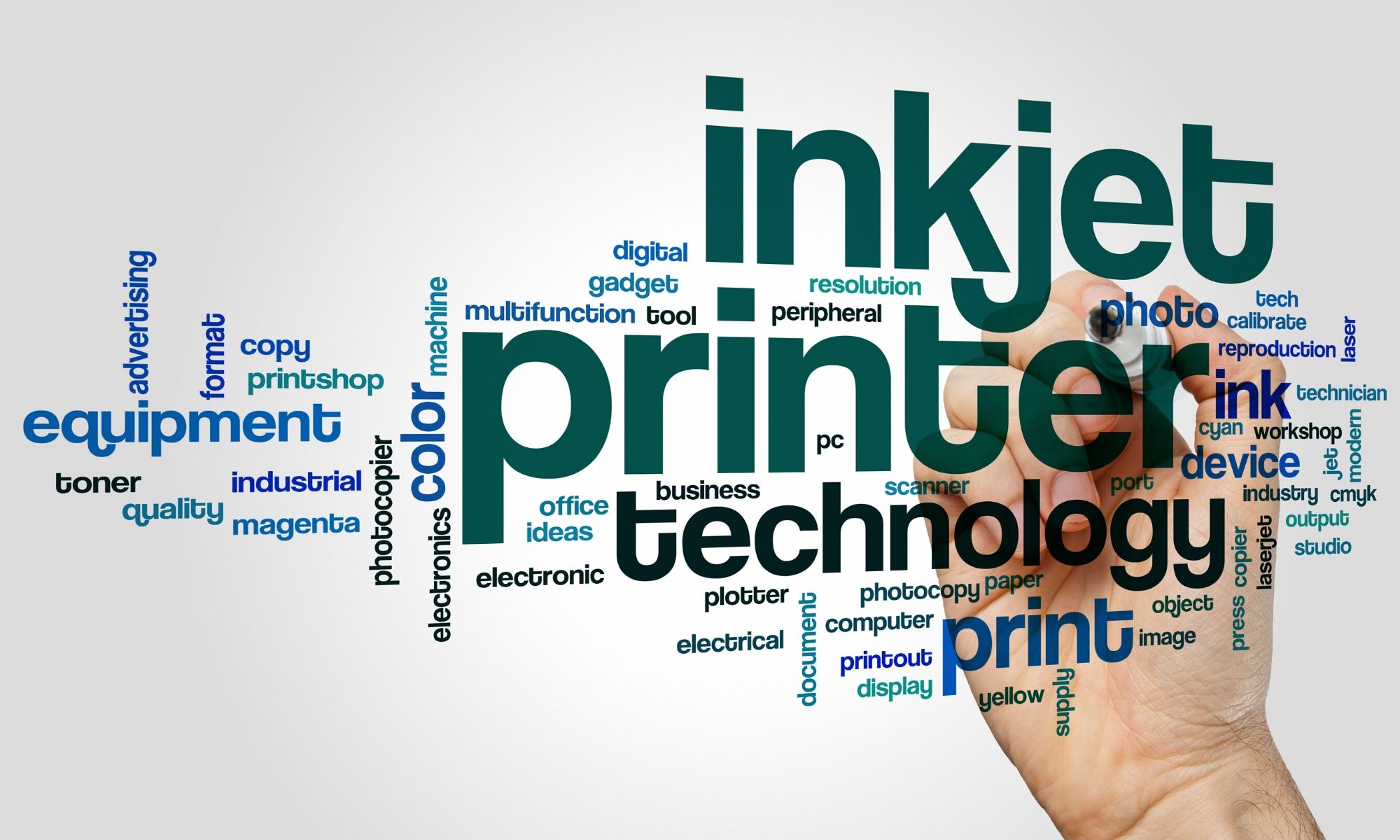
As consumers, we often don’t think much about the work that goes into making our favorite products. However, the process to perfect every aspect of a product is often quite intensive and requires a significant amount of planning on behalf of the manufacturing company. Designing and creating the label for a product is one such element that must be perfected by the company. Several popular methods are frequently used to label products. In order to choose the right printing method for their product labels, manufacturers must first familiarize themselves with how industrial label printers work. There are two main types of industrial label printers, thermal and non-thermal, each with their own set of advantages and applications. This guide offers a more in-depth look at the processes used by each type of label printer.
Thermal Label Printers
Thermal label printers can be further separated into two categories: direct thermal printers and thermal transfer printers. In order to understand how industrial label printers work, it’s important to familiarize yourself with the distinctions between these two types. Direct thermal printers print images by heating selected areas of thermal paper. The paper turns black in areas that have been heated, allowing for a stark contrast between the images or font and the background. Because these types of labels are created using heat, they can become negatively impacted by excessive exposure to sunlight in some cases. Thermal transfer printers, on the other hand, use heat to melt and transfer ink from a coated ribbon onto the label itself, allowing for a more permanent print. These printers often use melted wax, resin, or a combination of the two as transfer ribbons.
Non-Thermal Label Printers
Non-thermal label printers are also a popular option for industrial label printing. These printers do not use thermal transfer of any kind but rather print images and text directly on the label itself. In essence, non-thermal label printers operate in much the same manner as a standard office printer. As with thermal label printers, non-thermal printers can be equipped with mechanisms that produce labels in a fan-fold, roll-to-roll, or cut-sheet pattern. Labels produced by both methods can also be produced using water-resistant pigments that will help increase the durability and longevity of the label.



